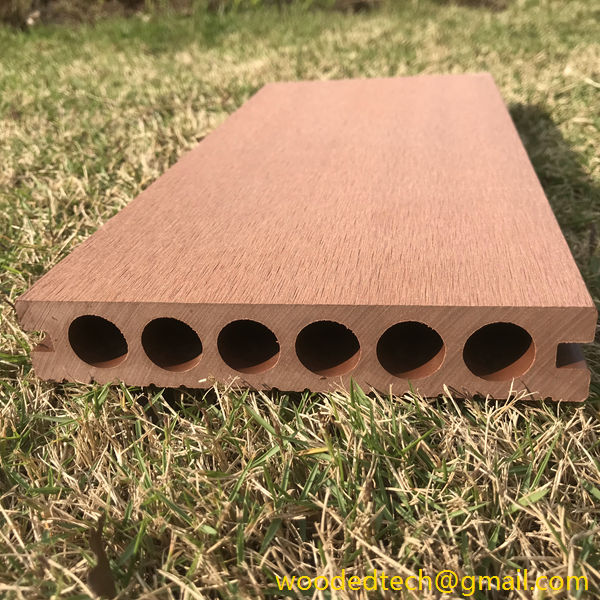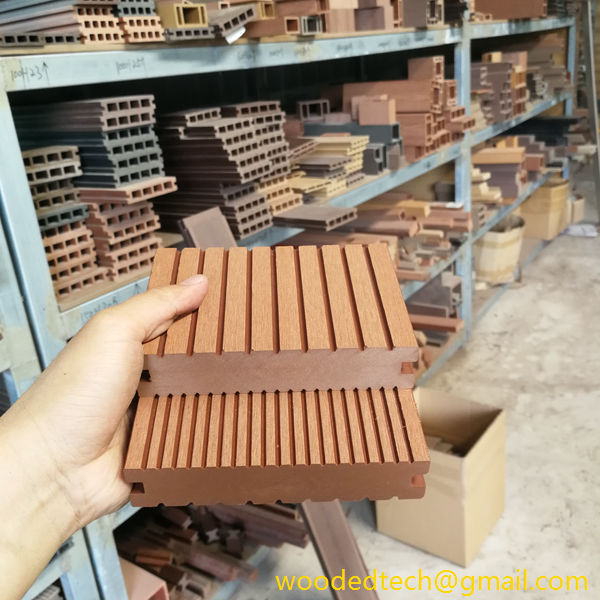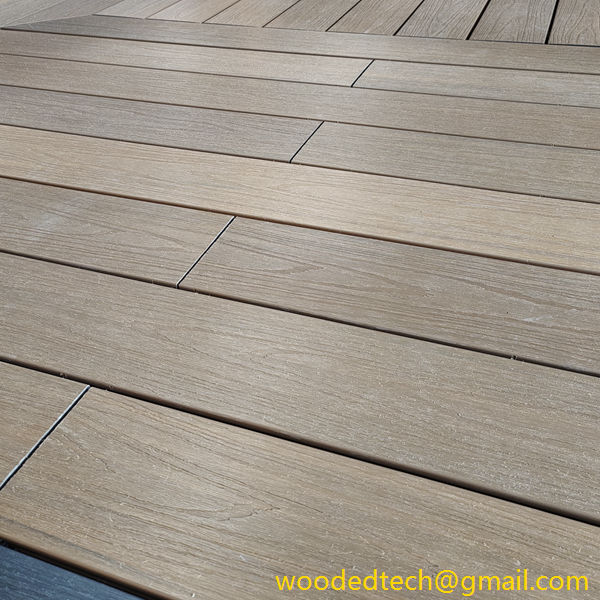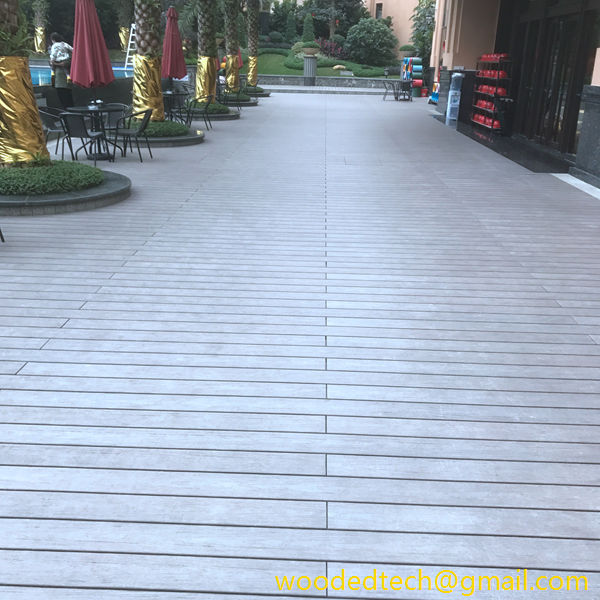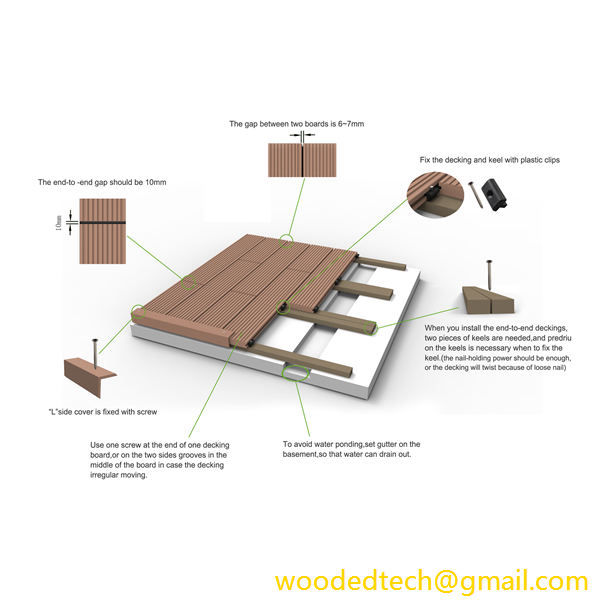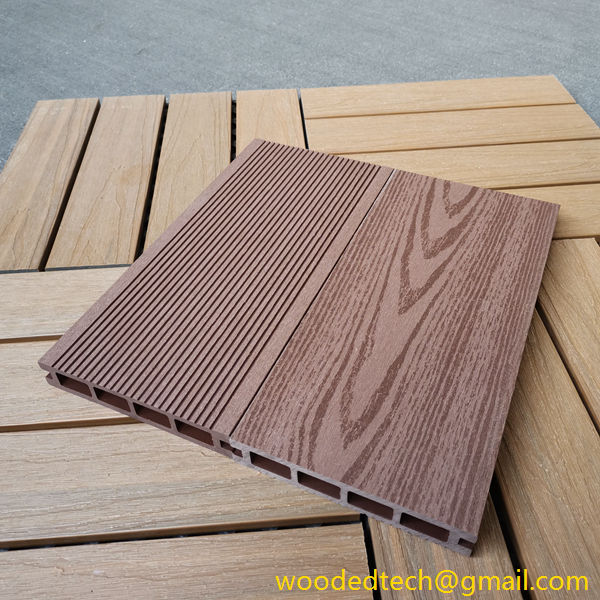Understanding What WPC Flooring Stands For in Modern Design
In the realm of modern interior design, the choice of flooring is a critical aspect that influences both the aesthetic appeal and functionality of a space. One of the most innovative advancements in flooring technology is Wood Plastic Composite, commonly known as WPC flooring. This type of flooring combines the best attributes of wood and plastic, creating a product that is not only visually appealing but also highly durable and practical. To fully appreciate the significance of WPC flooring in contemporary design, it is important to explore its production process, material composition, and the benefits it offers.
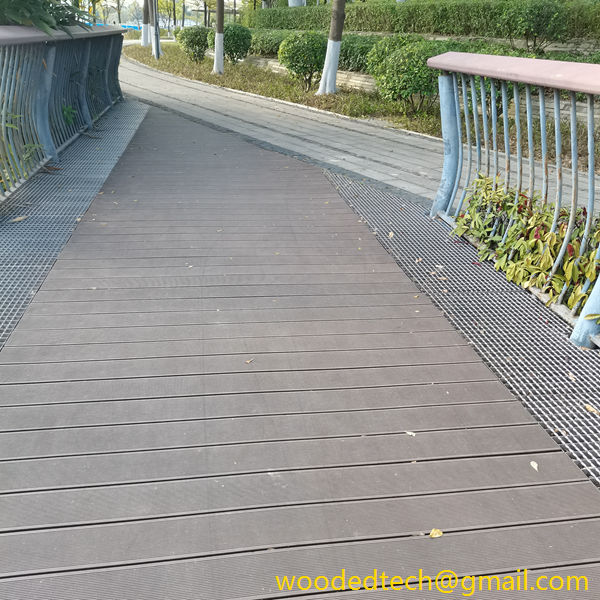
WPC flooring is primarily made from a mixture of wood fibers and thermoplastics, such as polyvinyl chloride or polyethylene. The production process begins with the careful selection of raw materials. The wood fibers used in WPC flooring are typically sourced from recycled wood products, making it an environmentally friendly choice. These fibers are then finely ground and mixed with the plastic components. This combination is crucial as it creates a material that mimics the appearance of natural wood while retaining the advantageous properties of plastic.
The next step in the manufacturing process involves the extrusion of the WPC mixture. During this phase, the wood-plastic blend is heated and forced through a mold to create planks or tiles of flooring. This method not only shapes the material but also ensures that it achieves a uniform density throughout. The extrusion process is vital for creating the core structure of WPC flooring, which contributes to its stability and durability. After extrusion, the planks or tiles are cooled and cut to specified sizes, ready for finishing touches.
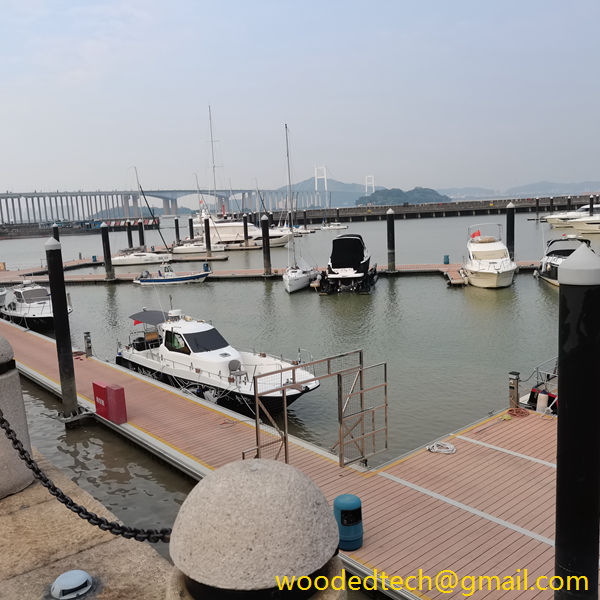
To enhance the aesthetic appeal of WPC flooring, a printing layer is often applied. This layer can replicate various wood grains and colors, allowing homeowners and designers to choose from a wide range of styles. The printing process utilizes advanced technology to create realistic textures and patterns, ensuring that the final product closely resembles traditional hardwood flooring. This ability to customize the appearance of WPC flooring makes it a versatile option for modern design, capable of fitting into various design themes, from rustic to contemporary.
Another significant aspect of WPC flooring is its surface treatment. Most WPC products undergo a coating process that adds a layer of protection against scratches, stains, and moisture. This treatment not only enhances the longevity of the flooring but also makes maintenance easier for homeowners. Unlike traditional hardwood, which may require refinishing over time, WPC flooring is resistant to wear and can be cleaned with minimal effort, making it a practical choice for busy households.
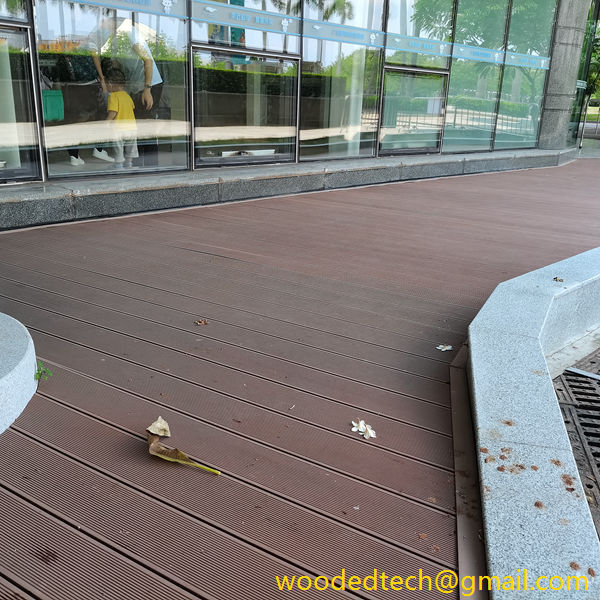
The benefits of WPC flooring extend beyond its aesthetic qualities and ease of maintenance. One of the most notable advantages is its resilience. WPC flooring is designed to withstand heavy foot traffic, making it ideal for both residential and commercial applications. Furthermore, its water-resistant properties make it suitable for areas prone to moisture, such as kitchens and bathrooms. This durability ensures that WPC flooring can maintain its appearance and functionality over time, proving to be a cost-effective investment for homeowners.
Another important consideration is the comfort that WPC flooring provides. The composite nature of the material gives it a softer feel underfoot compared to traditional hardwood or ceramic tiles. This feature is particularly beneficial in spaces where people spend long periods standing, such as kitchens or retail environments. Additionally, WPC flooring has a degree of thermal insulation, making it warmer to the touch than tile flooring, which can be a significant advantage in cooler climates.
In summary, WPC flooring represents a significant advancement in the world of modern design. Its production process, which combines sustainable raw materials with advanced manufacturing techniques, results in a product that is both visually appealing and highly functional. The versatility in design options, coupled with its durability and ease of maintenance, makes WPC flooring an excellent choice for a wide range of applications. As designers continue to seek innovative solutions that marry style with practicality, WPC flooring stands out as a leading option in contemporary interior design. Its ability to adapt to various design aesthetics while providing exceptional performance ensures that it will continue to be a popular choice for years to come.

